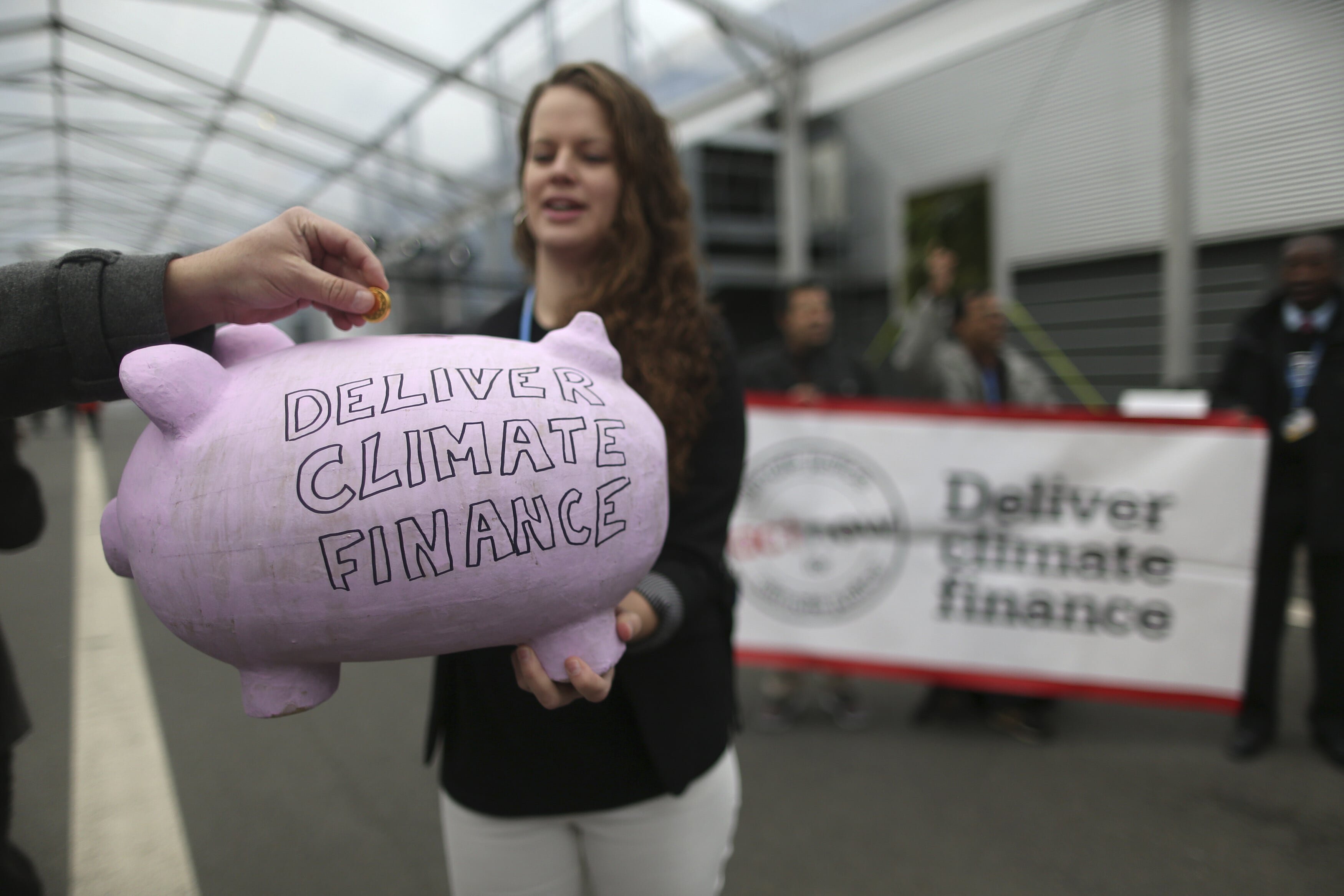Once they make it to the top, women remain as CEOs for longer. Why?

From the glass ceiling to the glass cliff.
Image: REUTERS/Brendan McDermid
Stay up to date:
Private Investors
Only 5 per cent of major North American firms had a female CEO as of January 2018. (Catalyst)
Clearly women are underrepresented at the top level of corporations, but the reasons for this are less clear. In a recent article, we investigate two different paths to the scarcity of female CEOs:
Women are appointed as CEO less often; and/orWomen are more likely to exit the CEO position, either voluntarily or involuntarily.
Understanding which path accounts for the low number of female CEOs is the first step in remedying the situation. And having more female CEOs would certainly be desirable, because women have been found to be good at controlling firm risk and are seen as good people managers.
The results of our study show that, once they get the CEO position, women actually stay longer in the job than men. This raises an additional question: Are firms afraid of negative publicity if they fire female CEOs?
To answer all these questions, we studied 193 CEOs appointed to North American firms between 1992 and 2014. Approximately half are female and the rest are males matched to the female CEOs according to the year of CEO appointment, the industry, and the size of the firm they manage.
We base our analysis on the widely discussed “glass cliff phenomenon”, which holds that women are appointed as leaders primarily when there is a high risk of organizational failure. If true, this would have the following effects:
Reduce the number of female appointments as CEO; and Also reduce their tenure as CEO, as some of these high-risk firms would fail
Our data show that women are indeed appointed CEO in more risky situations (see graph below), and the difference in the risk level is statistically significant. This finding agrees with part a) of the glass cliff phenomenon.
Figure 1. Firm risk at time of appointment

However, our data also show that at any point in their tenure, female CEOs are only 60 per cent as likely to leave the position as male CEOs. This difference in tenure holds even when we take into account and adjust for: CEO age, firm performance, CEO salary and experience, the percentage of females on the board of directors of the firm and whether or not the firm is in a female-dominated industry. In other words, women stay in CEO positions longer than men, on average, regardless of all these factors. The difference is also statistically significant, but conflicts with the glass cliff phenomenon.
Figure 2. Relative probability of job exit

We dig a little deeper into the reasons for the longer tenure of female CEOs. Could it be because firms are reluctant to attract negative attention by firing female CEOs? We test this by comparing terminations of male and female CEOs in both “high visibility” and “non high visibility” industries. For high visibility industries we used the retail and motion picture industries, because we felt firms in these industries have high awareness among consumers and we included the motion picture industry because we didn’t want to draw conclusions by looking only at “female friendly” industries. We did our analysis before the onset of the “Me Too” movement, but that movement certainly confirms that our results are not due simply to having picked female-friendly industries.
The following chart shows that male CEOs in highly visible industries are almost as likely to exit the CEO position as male CEOs in non high-visibility industries. But female CEOs in high-visibility industries are much less likely to exit the position than female CEOs in non high-visibility industries. This makes us suspect that a form of corporate impression management is taking place: firms that are highly visible to the public don’t want to be seen letting female CEOs go.
Figure 3. Probability of job exit of CEOs in high-visibility industries relative to those in non high-visibilty industries

There are other possible explanations for longer female tenure as CEO, of course, but remember that we have already adjusted for CEO age and firm performance, so the result is not due to male CEOs being older nor to salary differences. Instead, it may be that male CEOs receive more lucrative offers and move on to even more prestigious positions. Or female CEOs may simply be happier in their jobs and less willing to switch.
Our research did show one strategy both men and women can use to maintain the CEO position once they attain it: get more education. Greater education was associated with longer tenure in a CEO position for both men and women.
In summary, the longer tenure of female CEOs may somewhat offset their lower numbers. But it is clear that hiring more female CEOs is required before women can exert equal influence and firms can fully benefit from their strengths. Once female CEOs get through the glass ceiling they find themselves on a glass cliff. We look forward to the day when we all have a level playing field with no ceilings or cliffs!
Don't miss any update on this topic
Create a free account and access your personalized content collection with our latest publications and analyses.
License and Republishing
World Economic Forum articles may be republished in accordance with the Creative Commons Attribution-NonCommercial-NoDerivatives 4.0 International Public License, and in accordance with our Terms of Use.
The views expressed in this article are those of the author alone and not the World Economic Forum.
Related topics:
Forum Stories newsletter
Bringing you weekly curated insights and analysis on the global issues that matter.
More on BusinessSee all
Matt Watters
July 29, 2025
David Carlin and Sourajit Aiyer
July 28, 2025
Alex Spokoiny
July 28, 2025
Anil Gupta and Wang Haiyan
July 25, 2025
Elena Raevskikh and Giovanna Di Mauro
July 23, 2025
Manikanta Naik and Murali Subramanian
July 23, 2025





